What’s Halloween supposed to be about?
It is difficult for 21st century Americans to comprehend why people persecute their neighbors for religious reasons. Nonetheless, people have persecuted others for religious reasons ever since the dawn of humanity: Communists persecuted Christians; Nazis persecuted Jews; Christians persecuted Mormons; Catholics persecuted Protestants, and Protestants have persecuted Catholics. Religious persecution is a sad, scarlet thread running throughout the pages of human history.
Not long after the death of Jesus, his followers found themselves the victims of religious persecution by both the spiritual authorities of Judaism and the civil authorities of Rome. At times, the persecution was so severe that Christians lost their lives simply because they said the words, “I believe Jesus Christ is the Son of God.”
Early in the fourth century, however, severe persecution against Christians in the Roman Empire began to decline. The emperor of Rome, Constantine the Great, was actually converted to Christianity, and he made Christianity a legal religion. The church, finally feeling a sense of security, paused and reflected upon its many Christian martyrs. These martyrs were rightly considered holy, for they had, with unwavering faith, died for their conviction that Jesus Christ is the Son of God.
The church wanted to remember the anniversary of the deaths of its most prominent martyrs. So many had died, however, that it was simply impossible to mark the anniversary of each martyr’s death. Instead, the church developed one holy day dedicated to the memory of all the martyrs’ deaths, calling it “All Saints Day.”
“The church wanted to remember the anniversary of the deaths of its most prominent martyrs.”
All Saints Day was originally celebrated in the spring, but Pope Gregory III (who died in 741) moved All Saints Day to the first day of November, the day upon which he dedicated a chapel at St. Peter’s Basilica.
In most of Europe, All Souls Day was soon added to All Saints Day. All Saints Day celebrated the deaths of martyrs. All Souls Day celebrated the death of any Christian who had died in the previous year. The two holy days were ultimately combined into one holy day, called All Hallows’ Evening, and moved to the end of October (Hallows comes from the Germanic word holy and means the same as saint). In English, All Hallows Evening was eventually abbreviated into Hallows’ Ev’n or Halloween.
Since the purpose of All Hallows’ Evening was to remember the dead, it was common for people to dress in black and walk the streets mourning their deceased family members. Frequently they would collect small gifts from others in memory of the deceased. For children, it sometimes became a game to “go souling,” that is, collecting goodies from the neighborhood for the souls of the deceased.
“Since the purpose of All Hallows’ Evening was to remember the dead, it was common for people to dress in black and walk the streets mourning their deceased family members.”
In Ireland, Hallows’ Ev’n blended with ancient pagan harvest rituals. This blending created a unique set of Hallows’ Ev’n features, including the lighting of fires to scare away evil spirits, the dressing up as wild animals, and the carrying of turnip lanterns while begging for money or food. (Pumpkins are a product of the New World and were not originally known in Ireland.)
Protestant churches generally considered All Saints and All Souls Days less important than did the Catholics. In the 1840s, however, a wave of Irish Catholics immigrated to the States, bringing to our nation a strong interest in Hallows’ Ev’n. They also brought many of their fun and scary customs with them.
In America, where everything gets repackaged for consumers, Hallows’ Ev’n became a time of candy sales, dime-store costumes, “Jack-o-Lanterns” (pumpkins are much bigger than turnips), and “trick-or-treating.” Those with darker interests, such as Satanists and occultists, have twisted the Christian nature of Halloween and sometimes tried to make it a celebration of evil and death. Unable to resist the more frightful aspects of Halloween, Hollywood has also helped create a view of Halloween that is distinctly un-Christian, with movies that feature gore, evil spirits, death, and Satanism.
All Saints Day, or as we know it, “Halloween,” was designed with a Christian purpose—to remember deceased Christians, especially those who died as a result of their faith.
What’s Halloween supposed to be about? “All Saints Day, or as we know it, ‘Halloween,’ was designed with a Christian purpose—to remember deceased Christians, especially those who died as a result of their faith.”
Next time you celebrate “All Hallow’s Evening,” remind your children that Halloween was not intended to be about evil. Nor is it about Satan, witches, or goblins. Instead, Halloween is about the very human story of people who stood up for their beliefs, even when it cost them their lives.
By reminding ourselves of Halloween’s original purpose, we can find our own faith strengthened as we reflect upon the courage of Christians who gave their lives for Christ.
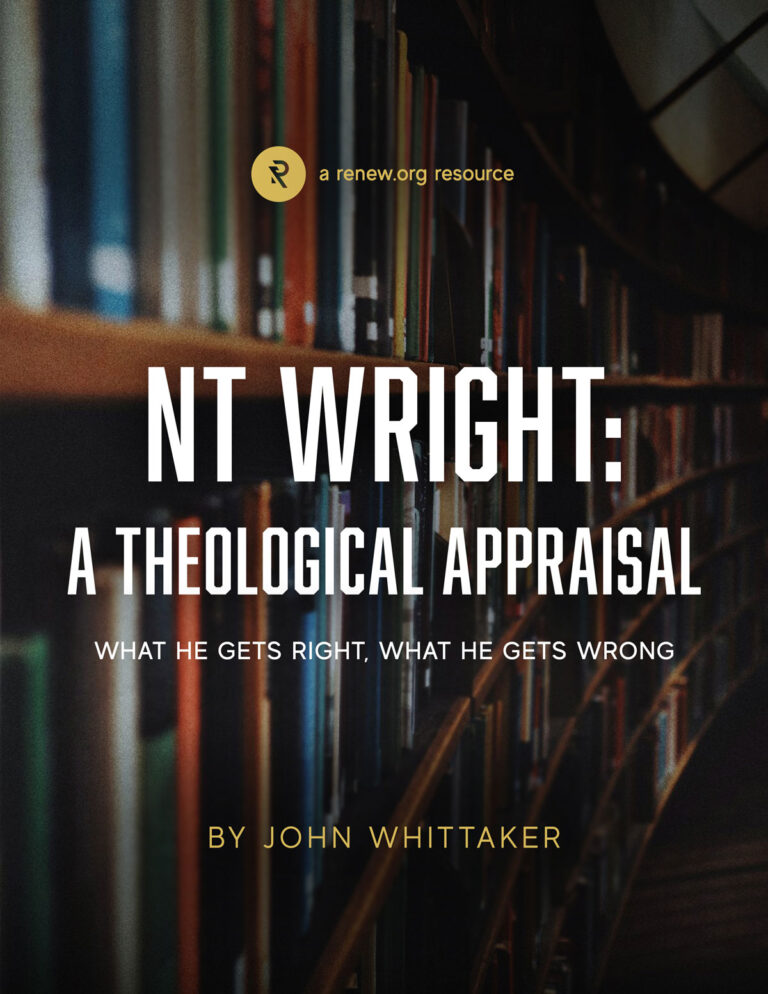

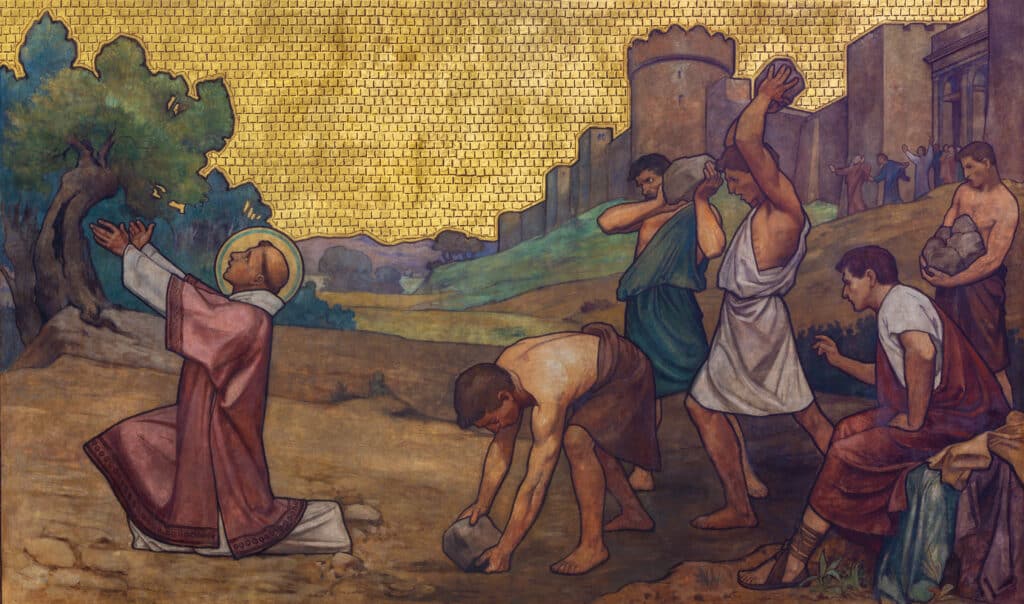

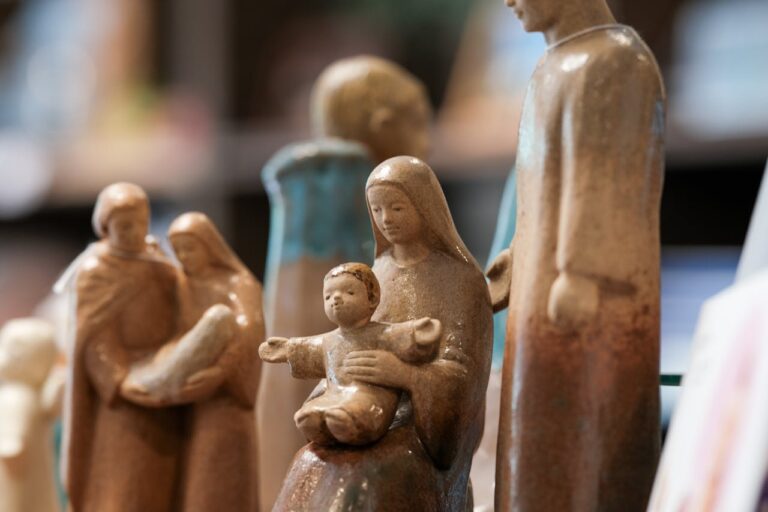

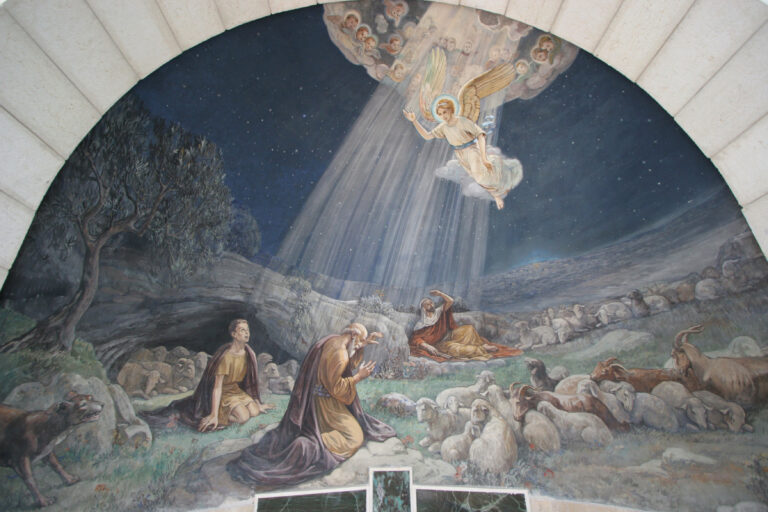

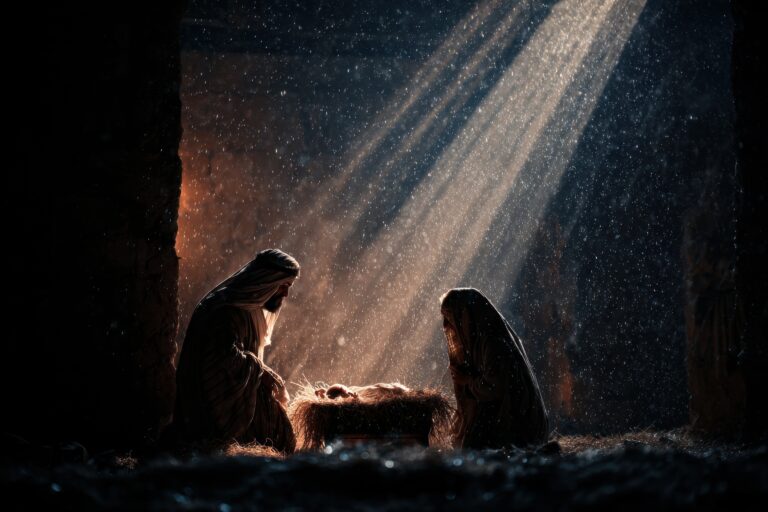


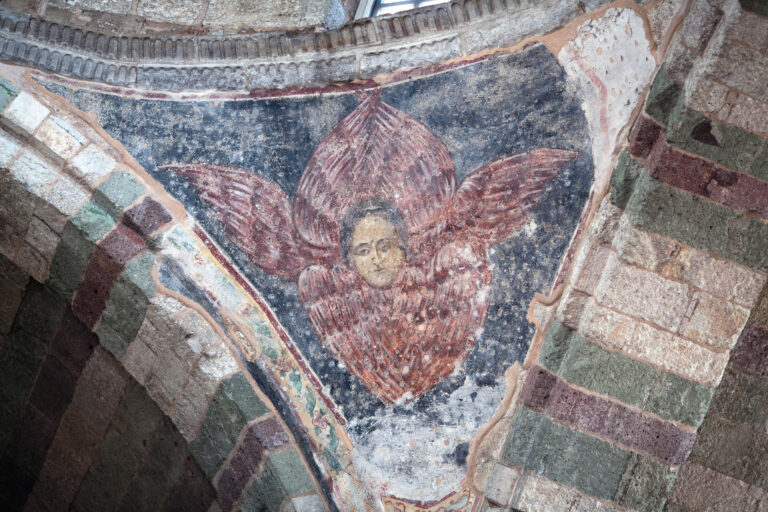
One Response
Thank you, David, for sharing the history of “All Hallows ‘ Eve.” Now I have something to share with my children when we go out tonight. Yes, we may see the figures that depict the dead, but we reflect on those who died in faith and are safe and secure in the presence of the Lord.